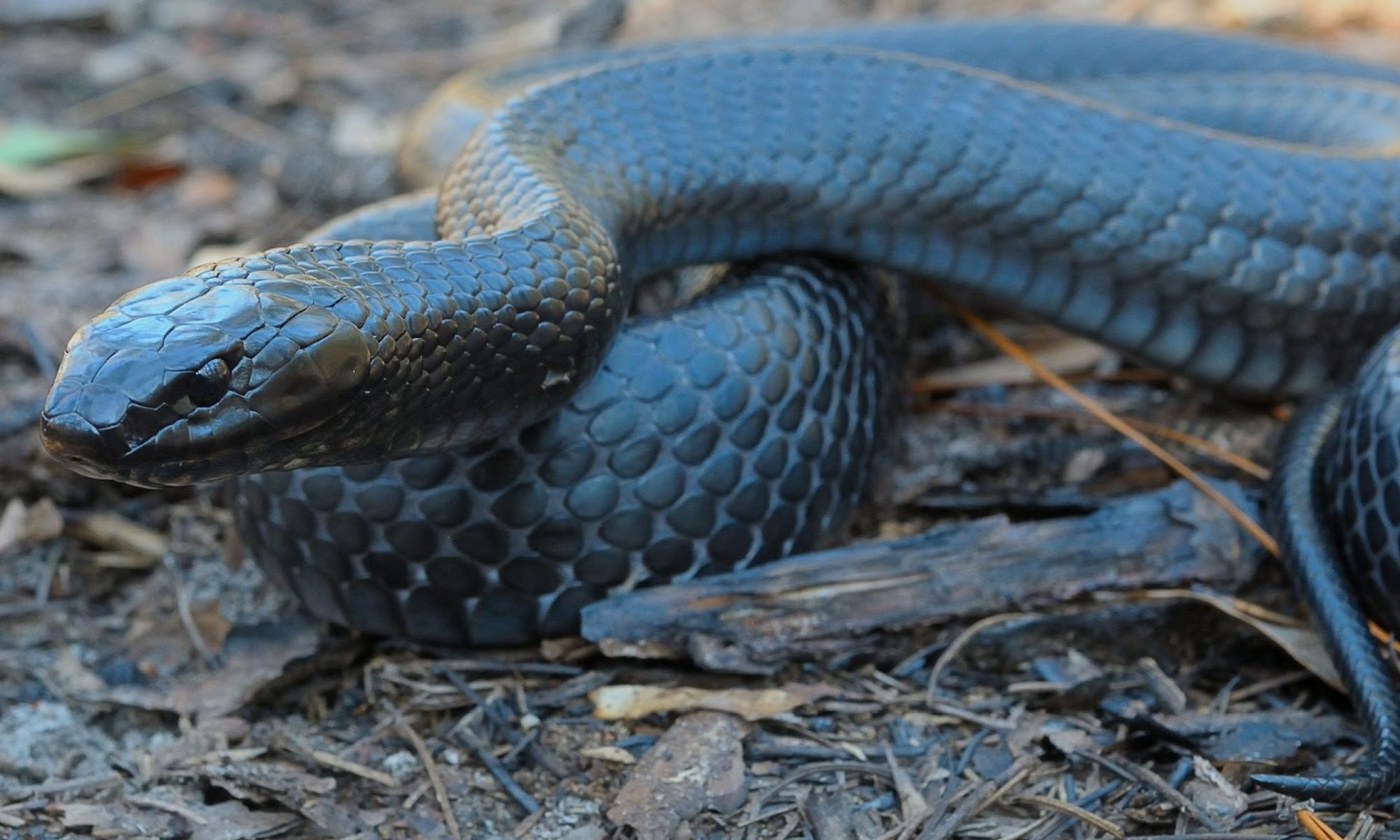The current distribution for the eastern indigo snake has contracted from its historical distribution. Some of the range contraction has occurred since listing under the ESA, particularly in the Florida Panhandle (currently no resilient populations) due to the decline of gopher tortoise populations (Enge et al. 2013); however conservation efforts are underway to repatriate gopher tortoise and eastern indigo snake populations in this region. The overall current population resiliency is medium to low and is predicted to be low to very low in the future without targeted conservation efforts. The eastern indigo snake faces a variety of negative influencing factors from habitat fragmentation and loss, and direct mortality that are predicted to be exacerbated by urbanization and sea level rise. At least seven island populations are predicted to be extirpated due to sea level rise and many decline in resiliency as a result of urbanization. Future ecological and genetic representation decreases due to loss of resilient populations in the North Florida region, lowering the species’ potential to adapt to changing environmental conditions. Low (in Southeast Georgia and Peninsular Florida) to no (in Panhandle and North Florida) redundancy in representative areas increases the species’ risk to catastrophic events. One population is predicted to remain highly resilient without targeted conservation efforts aimed to protect and repatriate populations. On-going conservation efforts (e.g. gopher tortoise conservation, habitat conservation and repatriation) are positively influencing the eastern indigo snake and are key to mitigating negative factors and ensuring long-term viability of the species. Table 11 provides a summary of the current and future conditions of the eastern indigo snake organized by the 3Rs.


